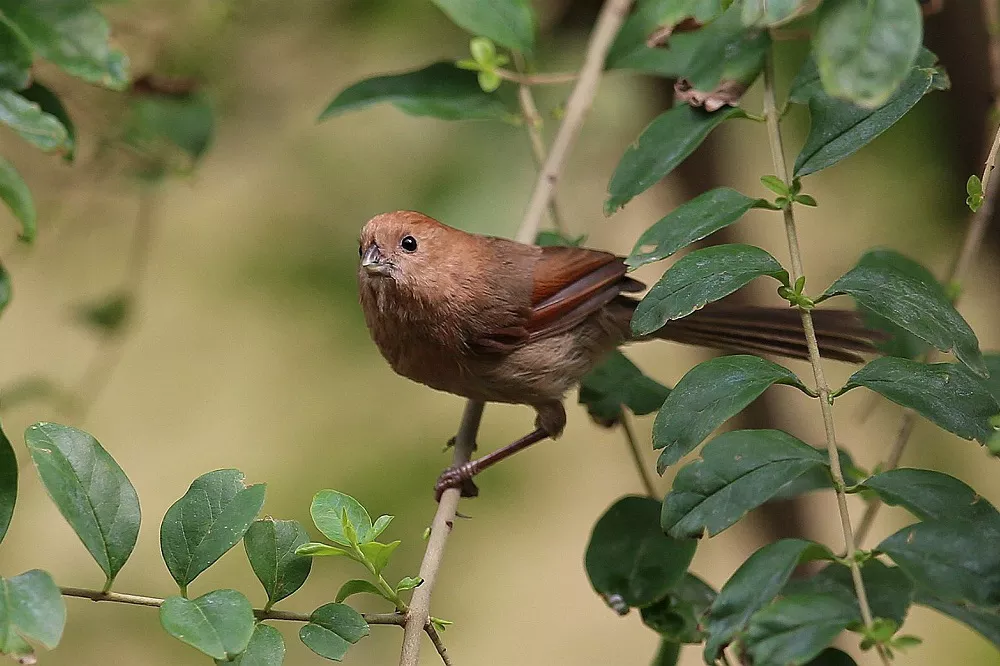The Vinous-throated Parrotbill, also known as the Vinous-throated Parrotbill Sinosuthora webbiana, is a small bird species belonging to the Sylviidae family. They are native to East Asia, particularly China, and are found in wetlands, forests, and shrublands.
- Appearance
Vinous-throated Parrotbills have a distinct appearance, with a small, round body, a long tail, and a conical bill. They have a chestnut-brown head, a black mask around their eyes, and a light gray body. The most striking feature of this bird is its bright vinous or reddish-brown throat patch, which gives it its name.
- Diet
These birds are primarily insectivorous, feeding on insects, spiders, and other small invertebrates. They may also eat seeds, fruit, and nectar. They forage in flocks and use their specialized bill to pick insects and other small prey out of crevices in bark and foliage.
- Behavior
Vinous-throated Parrotbills are social birds and often seen in flocks of up to twenty individuals. They are active and restless, constantly moving through the underbrush in search of food. They are known for their acrobatic abilities and can hang upside down to reach their prey.
- Breeding
Vinous-throated Parrotbills breed in the spring and summer. They build large, domed nests out of grass, leaves, and other plant materials in dense vegetation. The female lays 3-6 eggs, and both parents take turns incubating them for around 14 days. The chicks fledge after 12-16 days and become independent after several weeks.
- Conservation
The Vinous-throated Parrotbill is classified as a species of least concern by the International Union for Conservation of Nature (IUCN). However, habitat loss and degradation due to urbanization and agricultural expansion are potential threats to their populations. The Chinese government has established protected areas to conserve their habitat and populations.
In conclusion, the Vinous-throated Parrotbill is a fascinating bird species with a unique appearance and behavior. While they are not currently facing significant threats, conservation efforts are necessary to ensure their survival in the future.


 Facebook
Facebook  Instagram
Instagram  Youtube
Youtube 